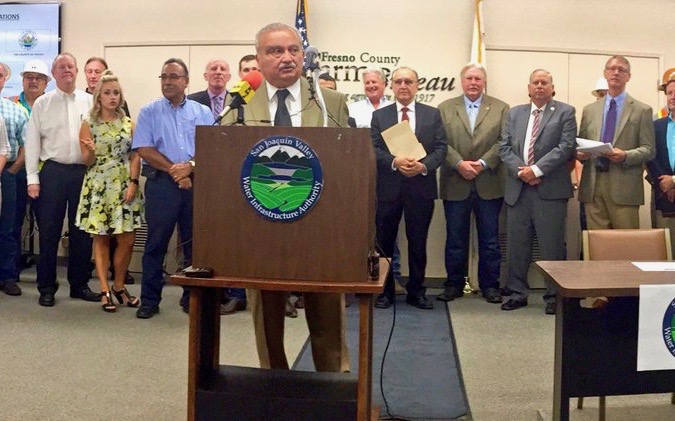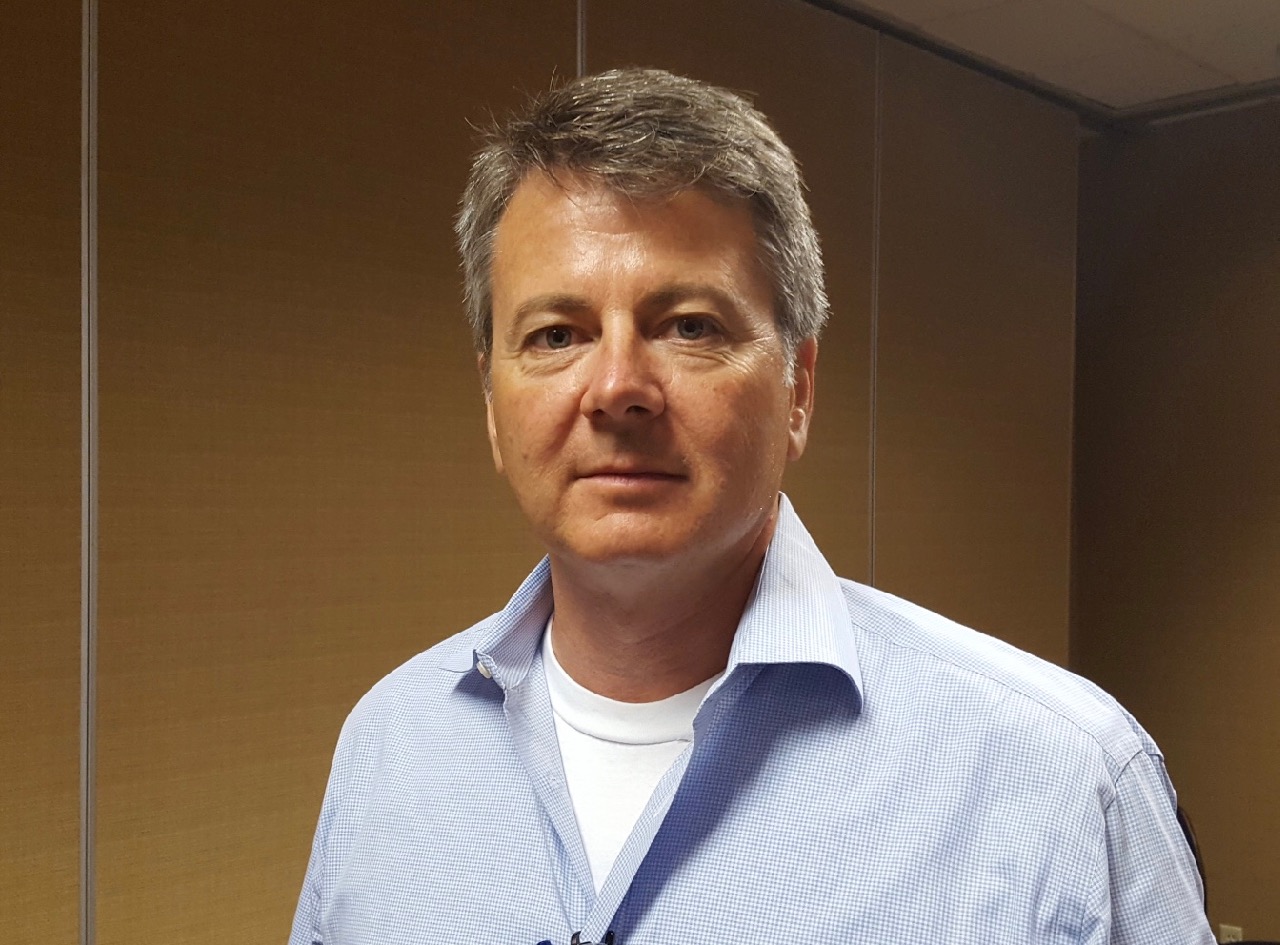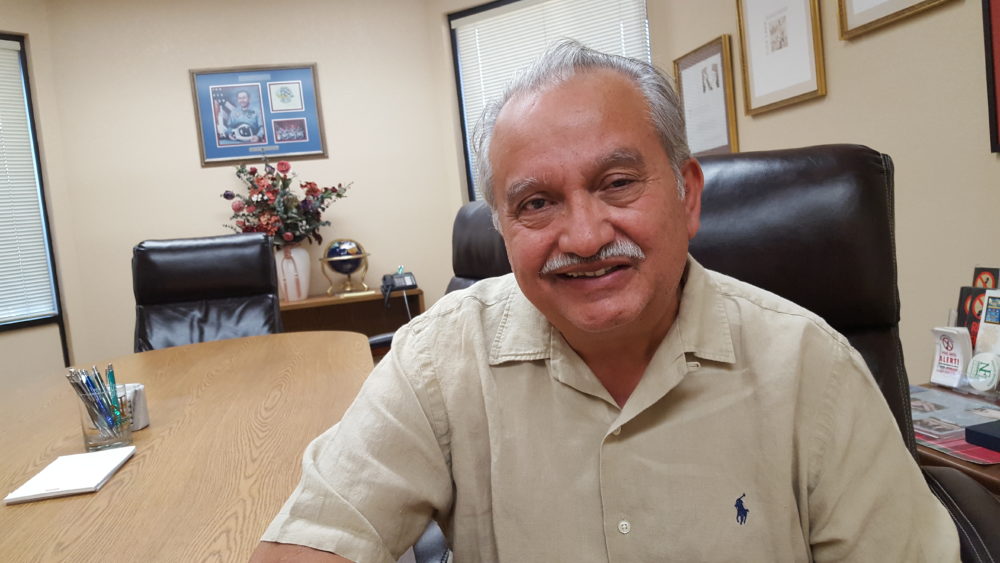SGMA Workshop Features GSA Updates
SGMA Workshop Sept. 20
Clovis Veterans Memorial District
Join the Department of Water Resources (DWR) staff for an interactive workshop to discuss DWR Sustainable Groundwater Management Act (SGMA) implementation efforts and key components of Groundwater Sustainability Plan (GSP) development.
The workshop will feature groundwater sustainability agency (GSA) formation updates, assistance & engagement information; guidance, data, and tools overviews; interactive forums on Groundwater Sustainability Plan development; and information booths on the Proposition 1 Sustainable Groundwater Planning Grant Program (SGWP).
Don’t miss the opportunity to meet DWR’s SGMA Program and Region Office Staff! Information booths will open at 12:30 P.M.
The workshop will be held on September 20, 2017, from 1 PM to 5 PM at the Clovis Veterans Memorial District, 808 Fourth Street, Clovis, CA 93612.
Please RSVP for the workshop by clicking here. Registration is not required but is appreciated to ensure suitable accommodations for all attendees. This workshop is free of charge and is open to all interested persons and the public.



















